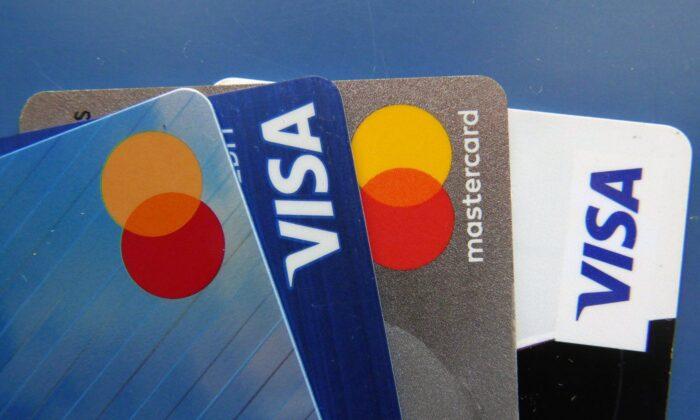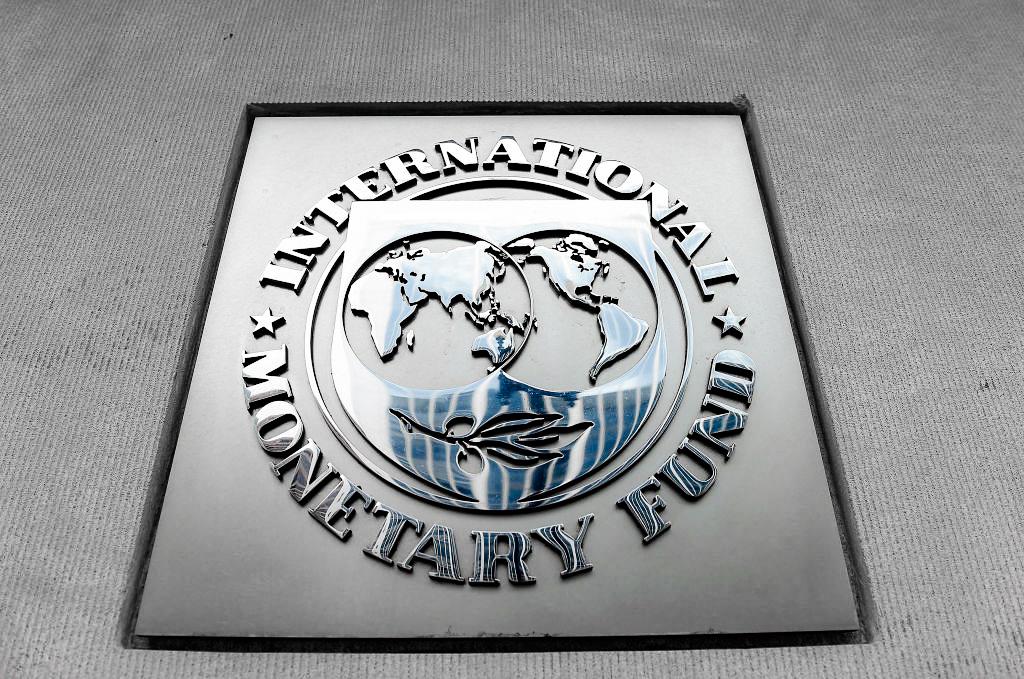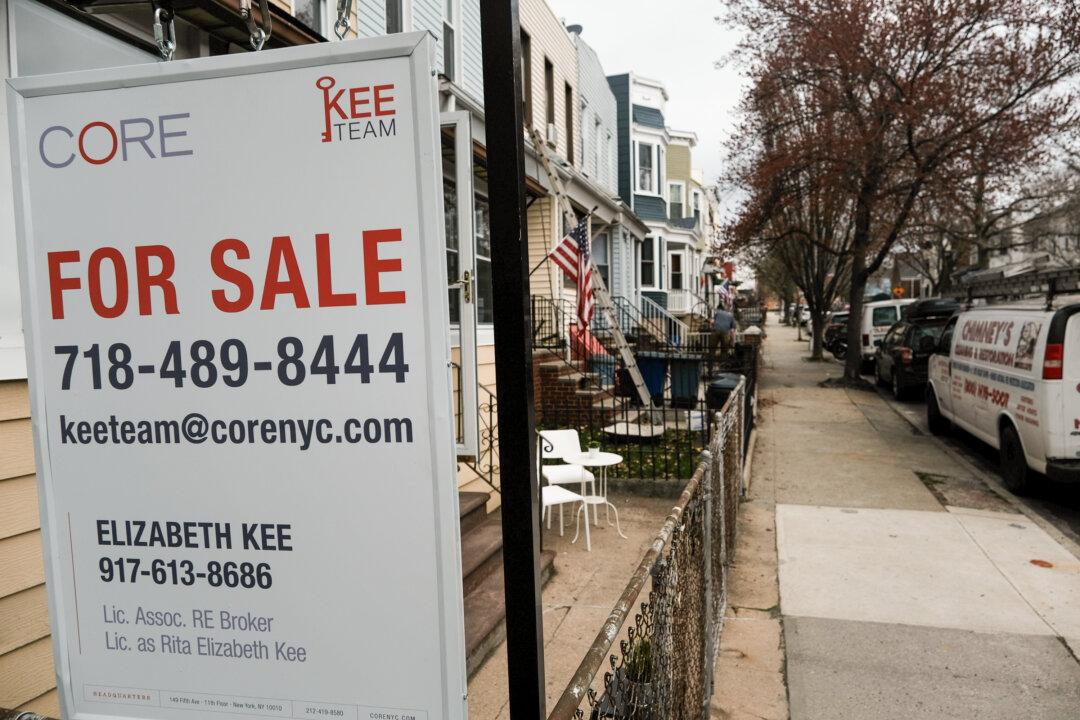A larger number of U.S. consumers are having a tough time paying off credit card dues every month in an environment of elevated inflation, with those making lower income less likely to clear their debts while accruing greater interest payments.
Roughly 46 percent of credit card holders do not pay off their dues in full each month, according to data from Bankrate in December. This is up from 39 percent a year back. Roughly 43 percent of those with credit card debt are not aware of the interest rates charged on their cards.
“If somebody rolls over $5,000 of credit card debt over five years, it balloons into $12,441 at 20 percent interest.”
Those who make more money are likely to pay their credit card dues in full each month. Pagel pointed out that it is getting more expensive to buy goods and services that households need.
The rising costs of living might be reflected in credit card obligations, and households may have trouble meeting such obligations if their wages have remained constant, he added. Annual inflation has remained above 7 percent for every single month last year until November.
Rising Interest Rates
Credit card interest rates now average above 19 percent, which is an all-time high. According to Greg McBride, chief financial analyst at Bankrate, rates will only go higher this year.“The important takeaway for current cardholders is that another one percentage point in rate hikes by the Fed means your rate will move up by one percentage point,” he said.
Overusing credit cards can be financially dangerous. An individual who carries a balance on their credit card is likely to face higher interest charges.
Credit Card Market in 2023
Since second quarter 2021, the credit card industry has seen “strong growth” in originations, according to a TransUnion news release on Dec. 14. Due to tighter lender underwriting standards in anticipation of a potential economic downturn, the company expects card originations to moderate this year.Credit card originations in 2023 are predicted to be 7.6 percent lower when compared to 2022. TransUnion expects 80.9 million new credit cards this year compared to 87.5 million last year. Credit card balances are estimated to rise to $934.5 billion by the end of 2023, which would be a 1.8 percent year-over-year rise.
“When taking 2022 out of the equation, more consumers will gain access to credit cards in 2023 than in any other year in the last decade. In fact, TransUnion expects 14 million more credit cards to be issued in 2023 than in 2019, a strong year for the consumer credit market,” said Paul Siegfried, senior vice president and credit card business leader at TransUnion.
Credit card delinquency, which has been rising since 2022, is predicted to increase to 2.6 percent through the end of 2023, which would be a 20.3 percent year-over-year increase.





